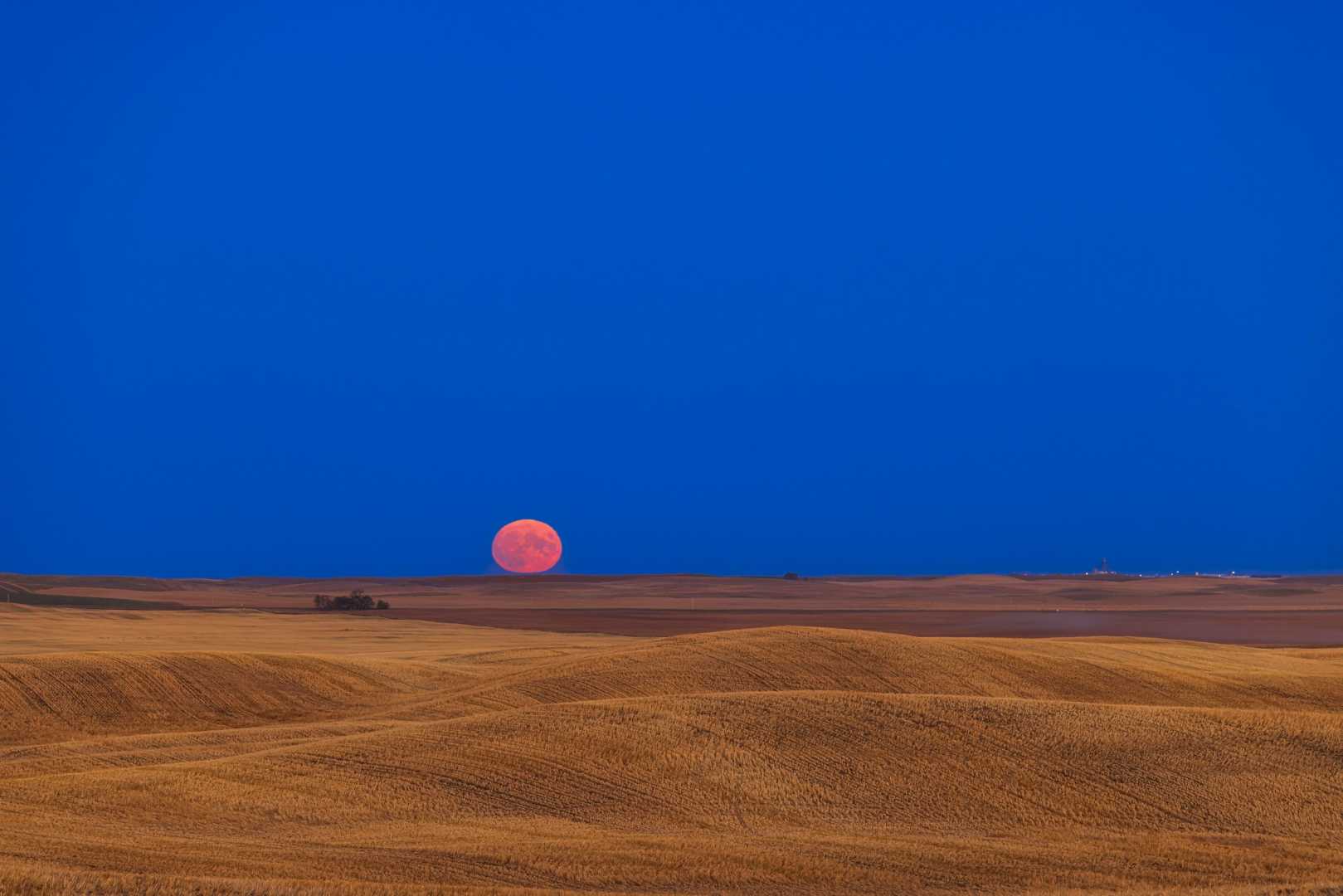News
Four Consecutive Supermoons to Illuminate Night Sky This Fall

ATLANTA — This fall will feature a rare event in the night sky: four consecutive supermoons, with the first, the Harvest Supermoon, set to rise on October 6 at 11:47 p.m. EDT.
Skywatchers across the country will notice that the full moons of October, November, and December will appear larger and brighter than usual. These moons coincide with the moon’s closest point to Earth in its elliptical orbit, known as perigee, creating the supermoon effect.
On October 6, the Harvest Supermoon will rise shortly after sunset, allowing viewers to appreciate its size and brightness. It is called the Harvest Moon because of its timing close to the fall equinox, traditionally helping farmers gather crops in the evening light.
Compared to a regular full moon, the Harvest Moon could appear up to 14 percent larger and 30 percent brighter at perigee. The phenomenon occurs for the full moons of November and December as well, dubbed the Beaver and Cold Moons, respectively. This alignment is uncommon, typically happening only about every 14 lunar months.
“Supermoons are special because they give observers an enhanced experience of the moon’s beauty,” said Andrew Fazekas, an astronomy expert. “While the size difference can seem subtle to the naked eye, pictures reveal a striking transformation.”
The Beaver Moon, occurring on November 5, is expected to be the closest supermoon of the year, just 221,817 miles away. The Cold Moon, set for December 4, will finish the series of four back-to-back supermoons.
October is also notable for two meteor showers peaking this month. The Draconids will peak on October 8, while the Orionids will shine brightly on the nights of October 21 and 22. The latter shower, linked to debris from Halley’s Comet, is especially notable as it does not face interference from moonlight.
To view the Harvest Supermoon, find a clear spot with a good eastern horizon after sunset. Using binoculars or a telescope can enhance the experience as viewers can see more details of the lunar surface.
As observers prepare for these spectacular moons, potential cloud cover may limit visibility in certain regions, particularly across metro Atlanta. However, many opportunities await in the coming months for true moon-gazing enthusiasts.












